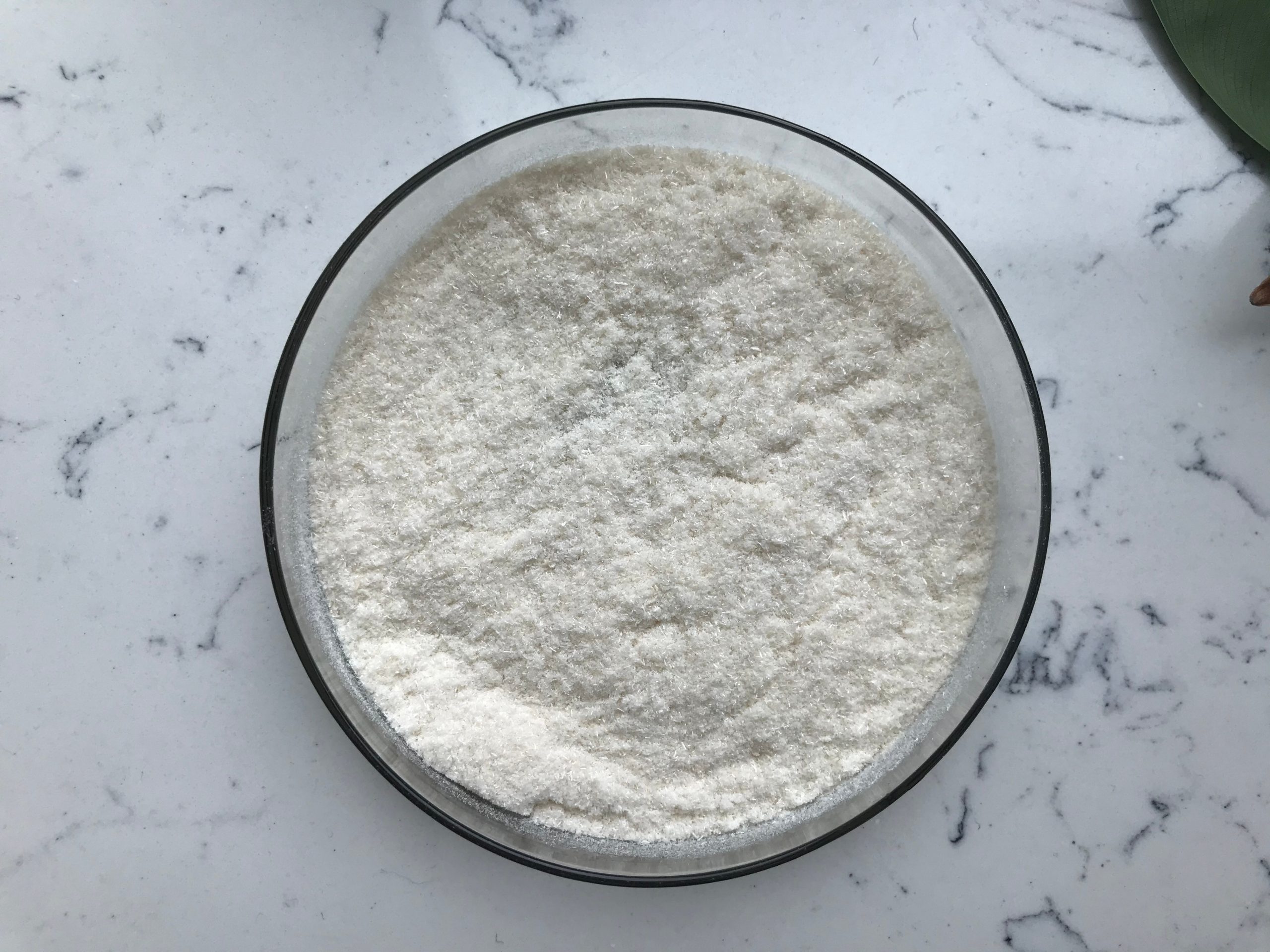Kojic acid is a popular ingredient in many cosmetic products due to its skin-lightening and brightening properties. It is a naturally occurring compound derived from fungi, such as Aspergillus oryzae, and is often used in formulations aimed at treating hyperpigmentation and other skin discolorations. Here’s a breakdown of its role in cosmetics:
1. Skin Lightening and Brightening
Kojic acid inhibits the enzyme tyrosinase, which plays a critical role in melanin production. Melanin is the pigment responsible for skin color, and by reducing its production, kojic acid can help lighten dark spots, age spots, freckles, and other forms of hyperpigmentation.
2. Treatment of Melasma and Post-inflammatory Hyperpigmentation
Kojic acid is commonly used in products formulated to treat melasma (dark patches often caused by hormonal changes) and post-inflammatory hyperpigmentation (dark spots that result from acne or skin injuries). By inhibiting melanin synthesis, kojic acid can help to even out skin tone and reduce discoloration over time.

3. Antioxidant Properties
Kojic acid also has antioxidant effects, which means it can help protect the skin from oxidative stress caused by free radicals. This can contribute to overall skin health and may have anti-aging benefits.
4. Antibacterial Effects
Some studies suggest that kojic acid has mild antibacterial properties, which could be beneficial in treating acne-prone skin. It may help reduce the growth of acne-causing bacteria, contributing to clearer skin.
5. Compatibility with Other Skin Ingredients
Kojic acid is often combined with other skin-brightening ingredients like Vitamin C, glycolic acid, and niacinamide. These ingredients work synergistically to improve skin tone, texture, and radiance.
6. Potential Side Effects
While kojic acid is generally safe for most people, it can cause skin irritation in some individuals, especially those with sensitive skin. It may also increase sensitivity to the sun, so it’s important to apply sunscreen when using products containing kojic acid. Additionally, prolonged use of high concentrations may lead to side effects such as redness or irritation.
7. Usage in Various Cosmetic Forms
Kojic acid is found in a wide range of cosmetic products, including:
- Serums
- Creams
- Face masks
- Soaps
- Lotions

8. Regulatory Aspects
In some countries, there are regulations on the concentration of kojic acid in cosmetic products. For example, in the European Union, the concentration limit for kojic acid in leave-on products is typically 1%. Higher concentrations might be used in rinse-off formulations like soaps or shampoos.
Conclusion:
Kojic acid is a versatile and effective ingredient for brightening the skin, evening out skin tone, and addressing hyperpigmentation. However, like with any active ingredient, it’s important to patch-test and use it in moderation to avoid irritation.
